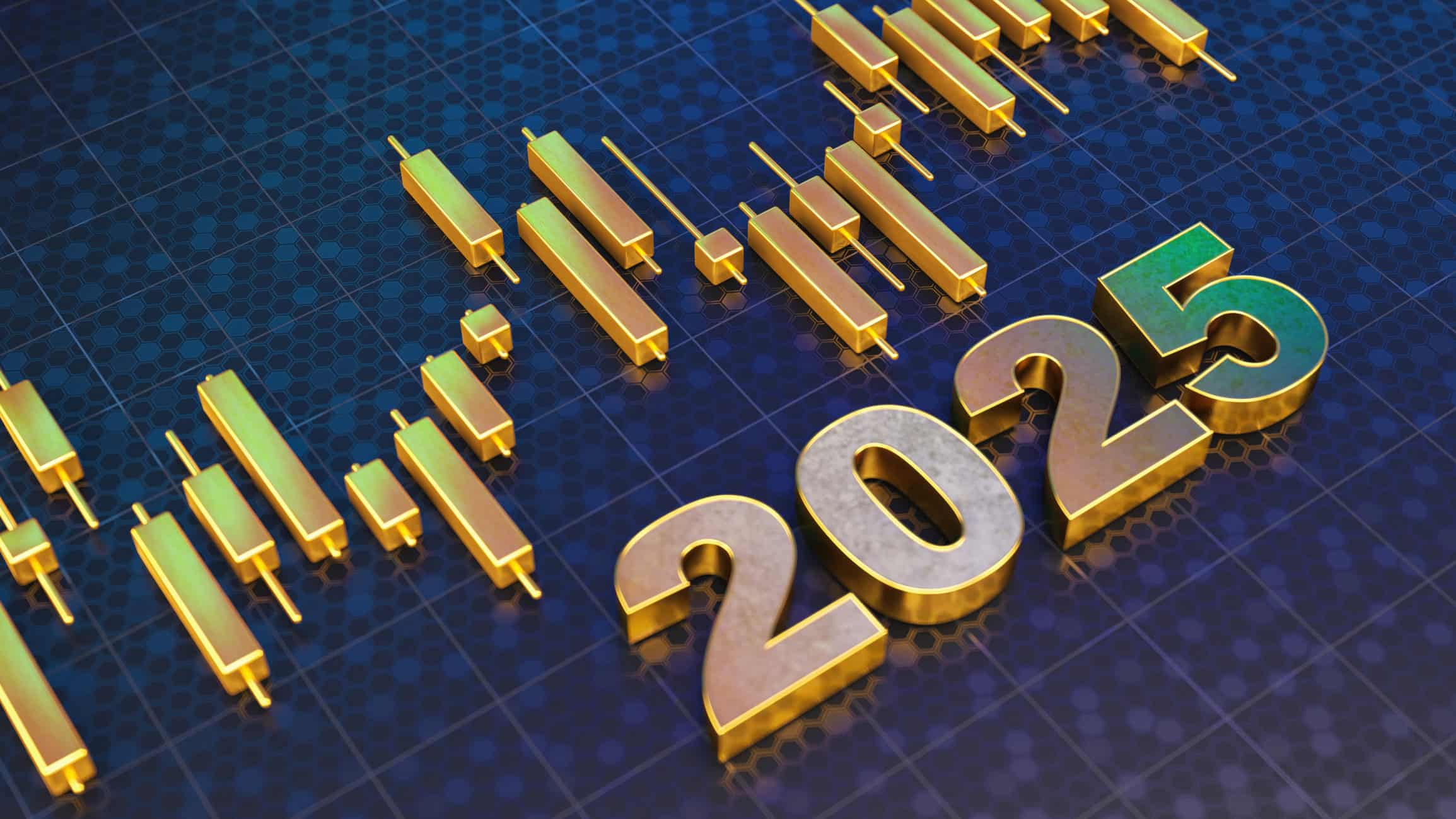
Investors React: Navigating 2025 Stock Market Shifts
Every long-term investor faces moments when markets stagger unexpectedly. Indexes drop, headlines shout turmoil, and panic seems palpable. Yet, when the numbers on screens turn red, some individuals hold steady, a few spot new opportunities, while others liquidate portfolios in a flurry of anxious decisions. What shapes these responses? The answer lies in human psychology: the complex, often subconscious forces shaping how each of us perceives and responds to risk.
Frames of Mind: How Perception Shapes Response
Risk, strictly defined, involves probabilities and outcomes. But humans rarely operate on logic alone. Instead, perception reframes objective risk through a subjective lens. Loss aversion—a concept in behavioral economics—shows that individuals feel the pain of a loss about twice as intensely as the joy of an equivalent gain. Even modest market drops can trigger outsized emotional reactions, sometimes leading to decisions that harm long-term results.
Several factors influence these moments:
- Past experiences: Previous market crashes or personal losses can haunt decisions for years.
- Personality traits: Some are naturally more tolerant of uncertainty; others crave stability.
- Social influence: Friends, family, news, and social media amplify emotions, turning private concerns into collective angst.
Fear and Greed: The Core Emotional Drivers
Two emotions primarily fuel market reactions: fear and greed. During downturns, fear dominates, triggering tunnel vision and a rush to sell assets. In contrast, greed drives bubbles and the urge to “make it all back quickly” during recoveries. The balance between fear and greed varies from person to person and from one downturn to another.
| Market Movement | Common Emotional Response | Typical Investor Behavior |
| Steady growth | Confidence, optimism | Hold, buy moderately, increase risk |
| Rapid uptrend | Greed, FOMO | Buy aggressively, chase hot stocks |
| Sudden downturn | Fear, panic | Sell in haste, reduce exposure |
| Prolonged volatility | Anxiety, uncertainty | Freeze, delay decisions, seek advice |
The Role of Time Horizon
An investor’s sense of risk is closely tied to their time horizon. Someone saving for retirement 30 years away might see a sharp pullback as a blip, while a retiree drawing income may view the same event as catastrophic. Short-term needs often amplify risk aversion, making identical news prompt divergent actions.
- Long-term investors anchor on historical recoveries and market resilience.
- Short-term investors focus on losses, upcoming expenses, and capital preservation.
Herd Behavior and the Safety in Numbers Illusion
Most people dislike feeling isolated, especially when stakes are high. Herding—copying the majority—becomes pronounced during downturns. Social proof provides a false sense of security, and if everyone seems to be selling, doing otherwise feels risky. Ironically, long-term success often depends on resisting this urge, even though it’s emotionally uncomfortable.
Information Overload and the Myth of Rationality
Constant news cycles and real-time social media create a flood of information. While access to information should empower investors, it often clouds judgment in stressful markets. Information overload makes it hard to separate facts from noise, increases uncertainty, and pushes for rash decisions. Instead of enabling rational analysis, excessive information often appeals to our deepest anxieties.
Cognitive Biases at Play
Our brains use shortcuts—cognitive biases—to process risk and uncertainty, which can lead to systematic errors in judgment:
- Recency bias: Overweighting recent events and projecting them into the future.
- Confirmation bias: Seeking information that supports existing fears or beliefs.
- Anchoring: Fixating on a previous “high water mark” for a portfolio.
- Disposition effect: Selling winners too early and holding on to losers too long.
- Overconfidence bias: Underestimating future volatility or one’s ability to manage it.
Recognizing these biases doesn’t automatically curb their influence, but self-awareness can help investors pause before making drastic moves.
Practical Ways to Respond Mindfully
What sets apart those who thrive during volatility? Often, it’s self-awareness, preparation, and the ability to step outside momentary emotions. Practical strategies include:
- Articulate a plan: Write down investment goals and guidelines for turbulent markets.
- Automate decisions: Automate contributions or use dollar-cost averaging to sidestep emotional triggers.
- Limit news consumption: Set boundaries on how often you check portfolios or financial news.
- Consult Investment Professionals: A measured outside perspective can challenge gut responses and provide context.
Differences Across Cultures and Demographics
The psychology of risk isn’t uniform. Cultural attitudes, generational differences, and socioeconomic backgrounds all shape investor reactions.
- Collectivist cultures may trust group consensus during volatility.
- Older investors might feel more anxiety due to prior downturns.
- Younger investors may see volatility as an opportunity.
- Economic exposure: Those with fewer safety nets see the same risk as more consequential.
This diversity means there’s no single “correct” way to respond, but it highlights why markets can seem unpredictable in turbulent periods.
The Case for Building Emotional Resilience
Technical analysis, portfolio management, and market research are important. But over time, the most meaningful advantage an investor can build is emotional resilience. Developing this is as much about self-knowledge and preparation as market expertise. Knowing these psychological tendencies exist doesn’t immunize you, but it does give you a chance to prepare, build habits, and reflect on how your actions affect your earnings when stress hits.
The ability to remain clear-headed and stick to a plan—regardless of headlines or herd behavior—delivers more than just financial returns. It creates confidence, peace of mind, and a deeper sense of satisfaction that money alone can’t provide.
Let Hennion & Walsh Offer a Second Opinion
Curious to learn more? Our unmatched client experience will give you peace of mind. Just as you may seek a second opinion about your health, we believe successful investors can gain value and peace of mind by getting a second opinion on their financial health. So, whether you’re worried about today’s uncertain economic environment or looking for increased peace of mind, we can help. Get a complimentary second opinion on all your investment accounts not held at Hennion & Walsh today!
Disclosures:
This commentary is not a recommendation to buy or sell a specific security. The content is not intended to be legal, tax or financial advice. Please consult a legal, tax or financial professional for information specific to your individual situation. Investing involves risk including possible loss of principal. Past performance is no guarantee of future results. Diversification does not guarantee a profit or protect against loss.
